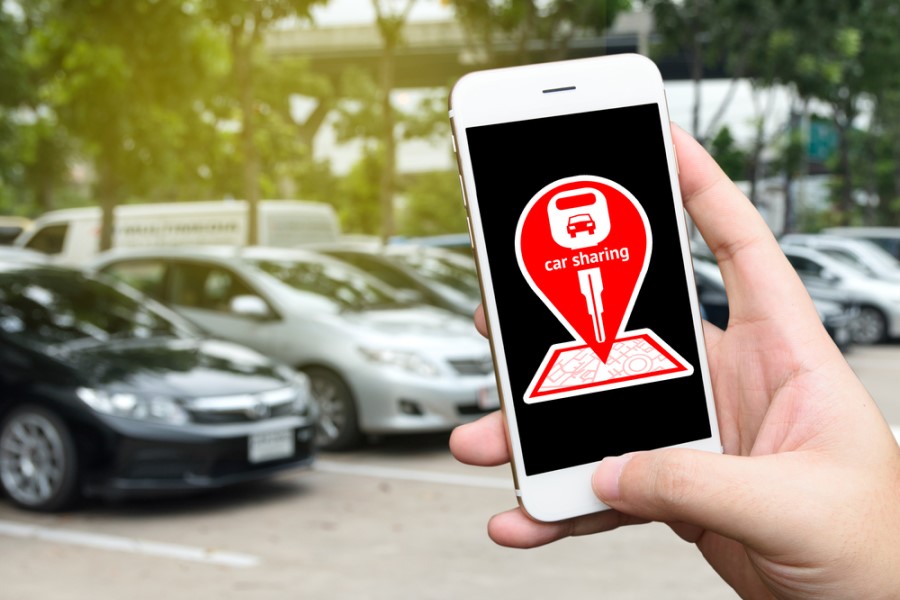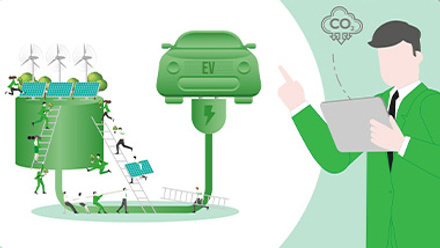Lifting the lid on business mobility – car sharing

The development of car sharing
Many companies have taken the concept of the company car pool, enhanced it with technology, and transformed it into a car-sharing scheme. It is the development of the technology that makes the creation of a sharing scheme much more attractive and effective than even 10 years ago, with advancements such as real-time app based booking and keyless vehicle access.
According to Fleet Europe, the car-sharing market is expected to grow at an annual rate of 26 per cent, with 18 million users by 2020. The market is driven by rental companies that have gone through a period of product development and acquisition to offer the majority of the corporate car sharing schemes currently available. DriveNow recently divested by Sixt, and Ubeeqo by Europcar, appear to be leading the market with penetration across Europe.
Practical considerations
Car sharing is quite a step-change for companies and employees alike, and the introduction of schemes will always require careful planning and consultation. The main practical requirements are managing the optimum number of vehicles so that availability is never compromised. It is stated that 1 car share vehicle can replace up to 8 standard company cars, however a study of travel habits and a detailed understanding of travel planning is needed before the correct ratio of vehicles to employees is introduced.
As company cars are still a powerful and emotional draw for employees, some providers mitigate this by offering an integrated car share and mobility credit allowance. This means a user can relinquish their company car and downgrade to a smaller car within a car share scheme. They have credit up to the value of their allowance that they use on the car share use, however they can also use that for evening and weekend hire.
The “sharing” of the vehicle can be handled in many ways:
- Station based – where the cars are centrally located and must be hired and returned to the same station.
- Free floating – where the cars are parked within zones and are located and unlocked via a booking app, after the journey they can also be dropped anywhere within a fairly widespread zone.
- Intra-corporate – where businesses located within industrial/business areas collaborate and share vehicles between their employees.
Car sharing business models
There are two business models for developing a car-sharing scheme:
- Use technology to convert part of an existing fleet. Companies such as Ubeeqo offer technology to assist in this.
- Enlist the services of specialist provider such as DriveNow or Car2Go and make use of their vehicle fleet and booking app.
Car sharing is one of a number of mobility solutions that are being implemented by businesses across the UK and Europe. To understand more about business mobility and what it could mean for your employee movements Fleetworx have created the ultimate guide to business mobility.
This article was provided by Fleetworx.
Supplied by REBA Associate Member, Fleetworx
Fleetworx help the car fleet supply chain work better for everyone.







